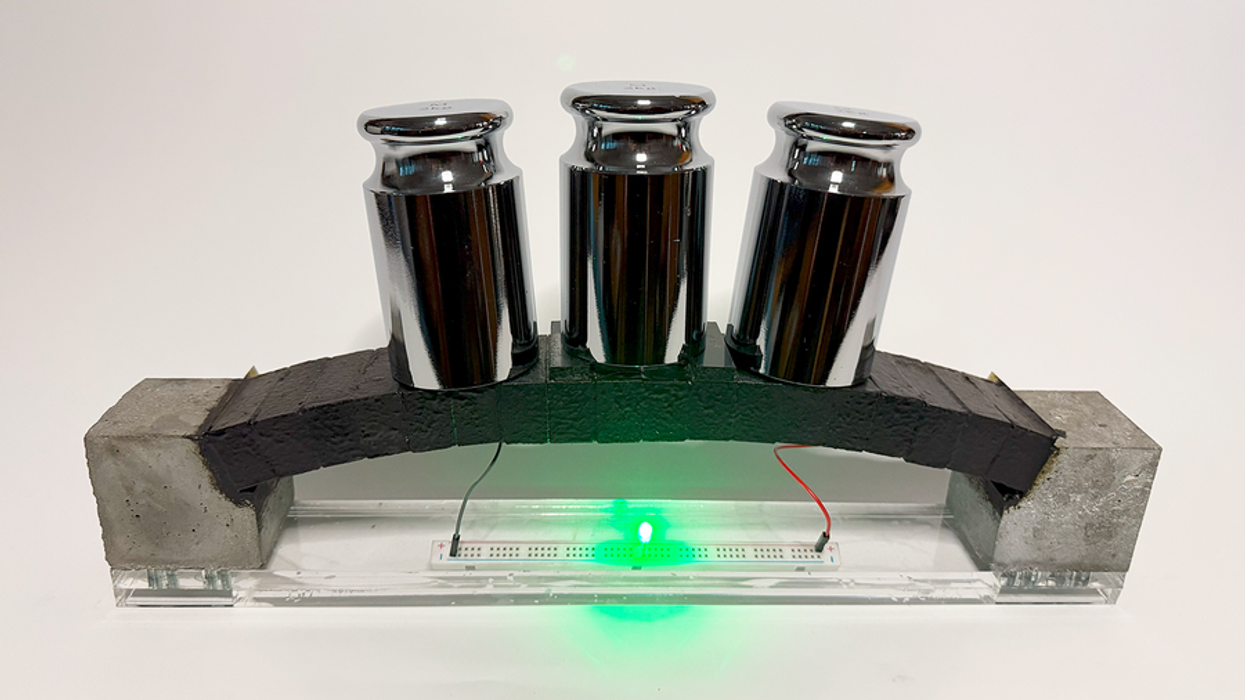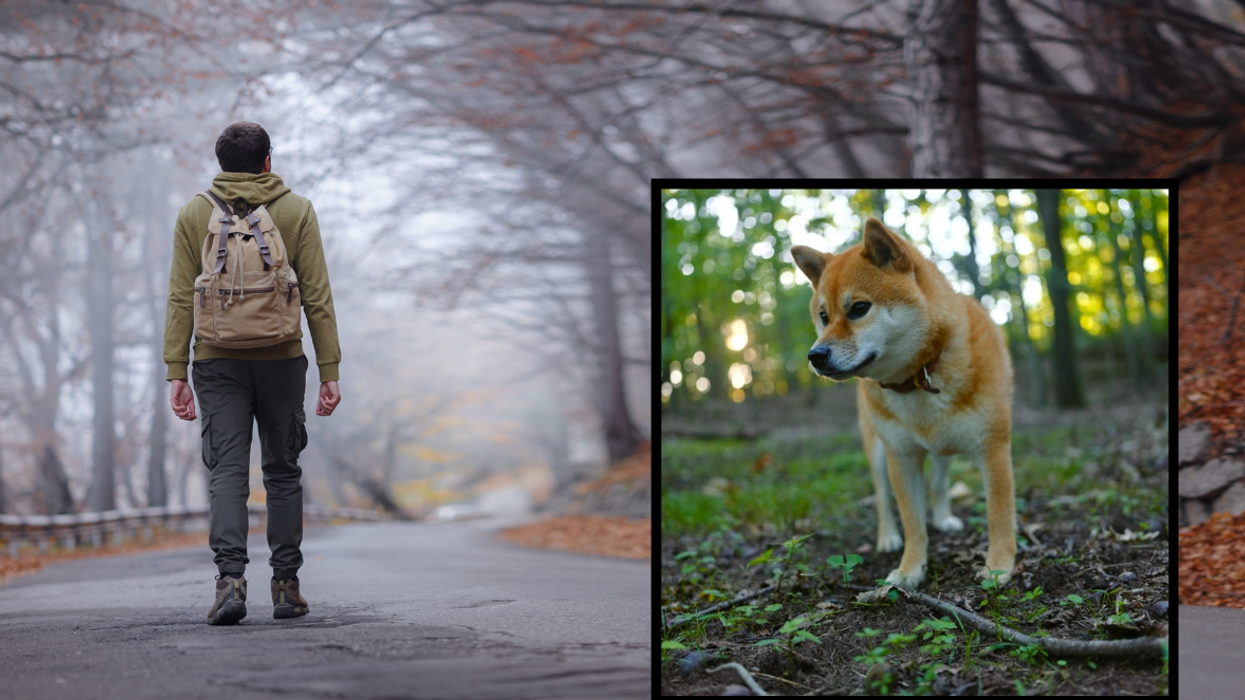Lincoln Center gets a pedestrian-friendly redesign from Diller Scofidio + Renfro
If you've ever been to New York, you've probably been past Lincoln Center, home of the Metropolitan Opera, the New York City Ballet, and Julliard. It's an ugly sight. The main buildings themselves are meh, but the buildings all around hulk like bouncers outside a club. And the urban planning is a mess: whizzing cars, sidewalks that are, by turns, huge and empty or perilously narrow.At the northern corner of the Lincoln Center compound sits Alice Tully Hall, which shares a building with Julliard. The design was always unfortunate-a bulky, grimy monolith that you'd hustle past. But not anymore: The architecture firm of Diller Scofidio+Renfro, working with FX Fowle Architects, have begun a slow overhaul of the campus. On February 23, they'll unveil their renovation of Alice Tully Hall. On Wednesday, GOOD got a sneak peak.The new hall isn't what we expect from big architecture-it doesn't grab you by the lapels, it's not aching for attention. Its most interesting aspect isn't the renovated concert hall inside, but the public space outside. It works, and it's proof for any big city that a trafficky street can be humane at the same time. It's the sort of architectural solution that we'll need to see more of in places like Atlanta and Los Angeles, if those cities are to ever become more human scaled and pedestrian friendly.The template for DS+R's design is their break-through building in Boston, the Institute for Contemporary Art. The main slab of the Alice Tully building, where Julliard's classrooms and practice halls are located, cantilevers over the concert hall's entrance. That overhang shelters an elegant plaza: The sidewalk drops down a few feet, with stairs that could double as benches; on the corner, there's a concrete bleacher that echoes the angled underside of the overhang. Those bleachers look directly at the Julliard's new dance studio, which juts out of the building's glass-curtain façade.That deceptively simple layout overturns the way most buildings work. The building isn't sealed off: The plaza and bleachers, looking onto the curtain wall and floating dance studio, make the entire grounds and structure a theater for people watching. The building becomes part of the street, and visa versa. The effect continues across Broadway-from there, you can see the glass front of the building's main slab and the musical geniuses inside, scrolling up and down the escalators.DS+R have always been obsessed with surveillance, watching and being watched. Their legendary-but never built-"Slow House," designed in 1991, was basically a tube that led from the front door to a massive window overlooking a lake. But it wasn't that simple: In front of the windows, DS+R (then just Diller Scofidio) proposed a video screen that would also display recorded images of the view. They've also created a façade for a theater in San Jose comprising video monitors playing footage from surveillance cameras hidden inside.Those projects were ice-cold critiques of contemporary culture. But the firm has mellowed. Their genius for creating sly viewpoints has become an expertise for gratifying the human instinct for people watching. This summer, that expertise will be on full display, when the anxiously anticipated Highline Park opens. (Though DS+R often gets sole credit, it was a collaboration with landscape architects Field Operations.) Together, these two projects will be sparkling examples of public space in the 21st century.
















 Otis knew before they did.
Otis knew before they did.